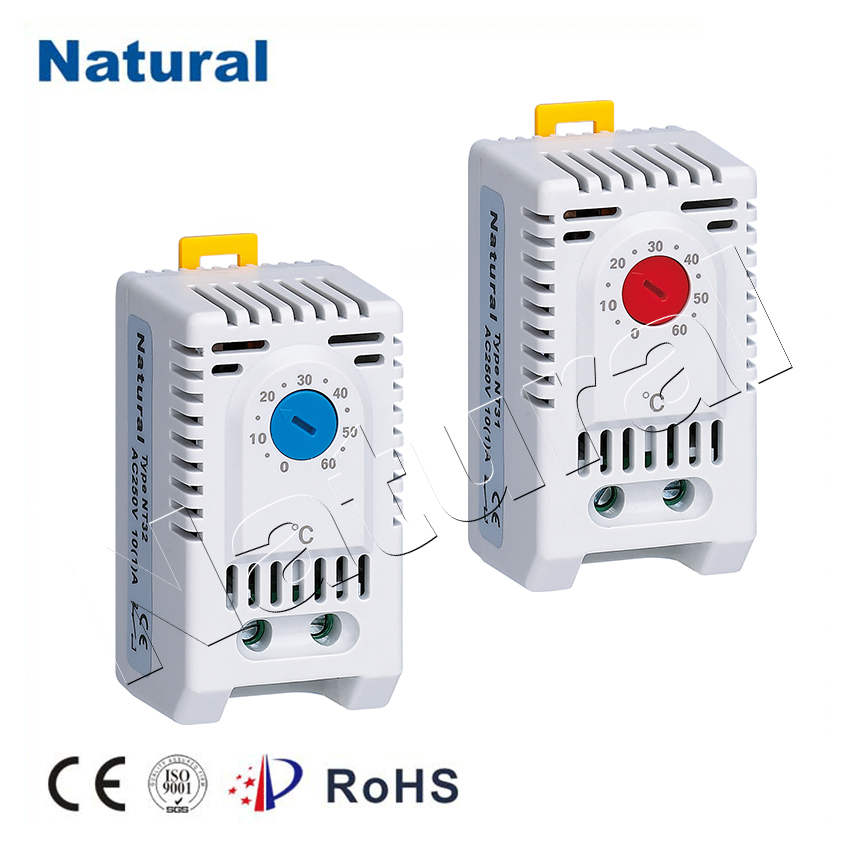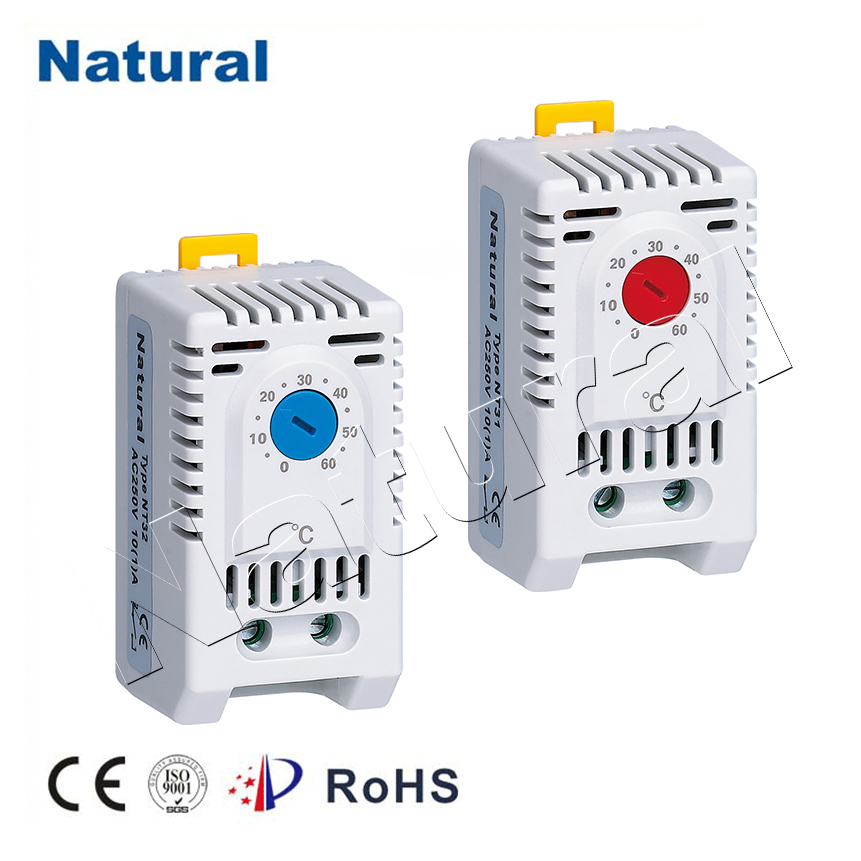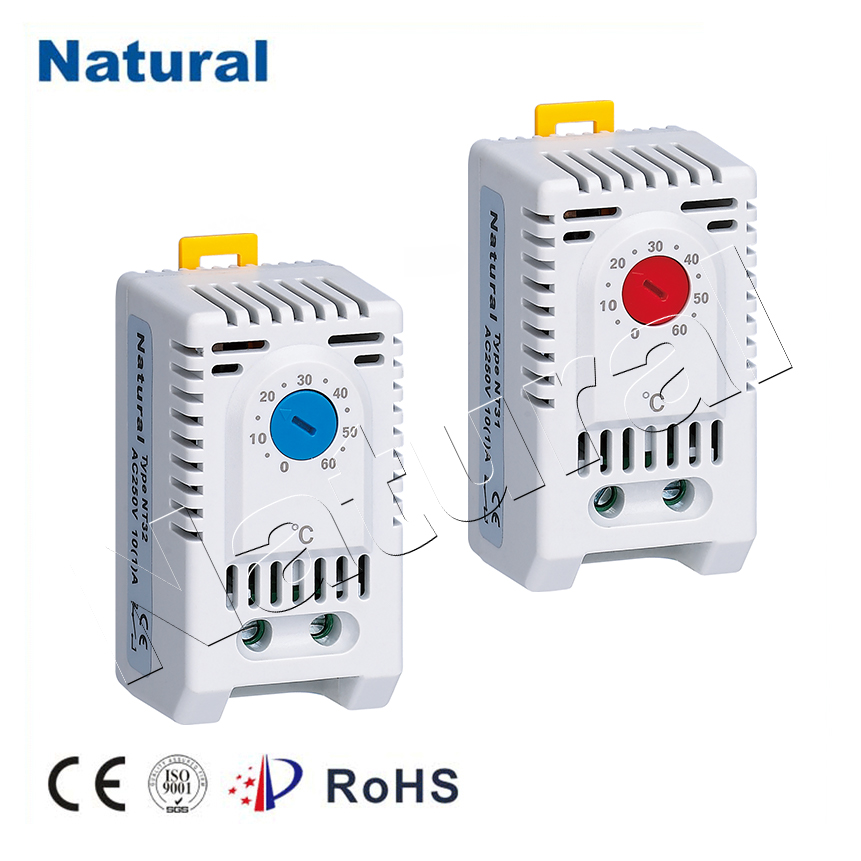A DIN thermostat is an essential component in many industrial and consumer products that require precise temperature control. The term “DIN” refers to the German Institute for Standardization (Deutsches Institut für Normung), which has set global standards for various industrial and mechanical components. A DIN thermostat is a temperature control device that adheres to these standards, providing an efficient solution for managing and maintaining optimal temperature ranges in a variety of applications. This article will explore the key features of DIN thermostats and discuss their widespread use in various industries.

What is a DIN Thermostat?

A DIN thermostat is a temperature-sensitive device used to control the heating or cooling processes of equipment and systems. It is designed to activate or deactivate a specific system once the temperature exceeds or falls below a set threshold. The purpose of a thermostat is to regulate temperature within a specific range to prevent overheating, underheating, or inefficient energy use. DIN thermostats are designed to fit into devices that comply with the DIN standards, which ensure that components meet the necessary specifications for functionality, durability, and safety. These thermostats can be found in various forms such as mechanical, digital, or electronic versions, each with their own advantages depending on the application.
